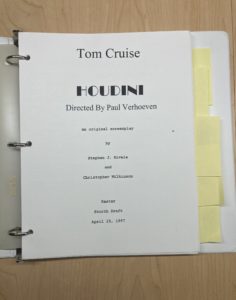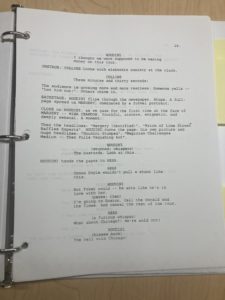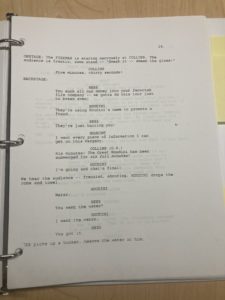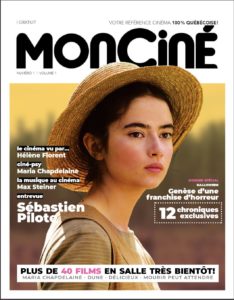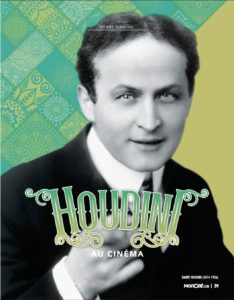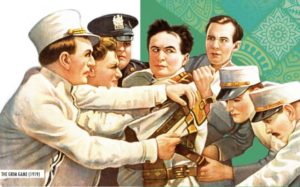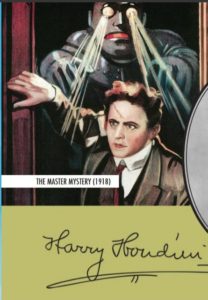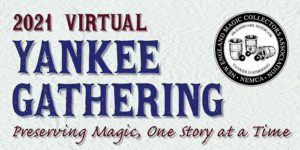Below is a draft snippet from the book, ‘The Zanetti Mystery by HOUDINI Plus candidates for ghostwriting the story by Joe Notaro’ that will be released in 2022.
In 1924, Houdini, Lovecraft and Eddy had peripheral connections to ‘Weird Tales’ magazine.
Henneberger, the publisher of ‘Weird Tales’, tried to increase readership of the magazine by bringing Harry Houdini on board. This resulted in three issues featuring Houdini:
‘The Spirit Fakers of Hermannstadt’ (March to April 1924), ‘The Hoax of the Spirit Lover’ (April 1924) and ‘Imprisoned with the Pharaohs’ (May/June/July 1924). The last was by Lovecraft where he rewrote a strange narrative which Houdini related orally to Henneberger.
The author or authors of the others have not been identified. Possible candidates, include Henneberger himself, C.M. Eddy Jr., and Walter Gibson; With Lovecraft’s own prime suspect being ‘Weird Tales’ editor Farnsworth Wright; And John Locke’s ‘The Secret Origins of Weird Tales’ makes an argument for Weird Tales writer Harold Ward who had an aspect of his life that closely matched a plot device in the second Houdini story (Note: In a January 27, 1945 unpublished letter, Henneberger claimed that Wright ghosted ‘Spirit Fakers’).
Mike Ashley’s ‘The Houdini Chain’ found in ‘Postscripts’ says Walter B. Gibson denies being the author and Mike Ashley speculates that they may have been the work of Clifford Eddy who worked as Houdini’s booking agent at that time[?]. He had sold several stories to ‘Weird Tales’, some revised by Lovecraft.
Ironically, Mike Ashley also mentions that virtually everything attributed to Houdini was ghostwritten; He says, that even ‘A Magician Among the Spirits’ was written primarily by Oscar Teale and based upon Houdini’s notebooks, though Houdini cast and editorial eye over it.
Lovecraft wrote the ‘Imprisoned with the Pharaohs’ story (aka ‘Under the Pyramids’) for Houdini in February 1924. Per John Locke, Houdini first met Lovecraft in April 1924 at the Ritz Theatre, in Times Square for a play, where before the show, Henneberger, Houdini, and Lovecraft discussed the splendid job Lovecraft had done in revising and expanding ‘Imprisoned with the Pharaohs’.
So based on this circumstantial evidence, Wright wrote ‘The Spirit Fakers of Hermannstadt’, Ward wrote ‘The Hoax of the Spirit Lover’ and Lovecraft wrote ‘Imprisoned with the Pharaohs’.
And if your interested in my research on who helped Houdini write ‘The Zanetti Mystery’, it will be in the book soon to be released.



